New Zealand
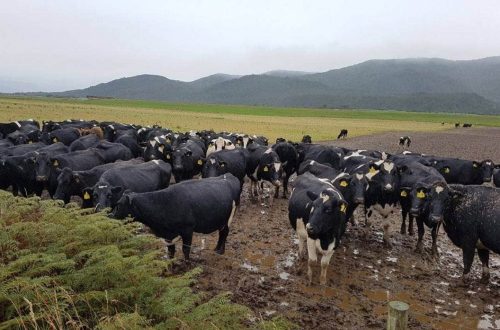
Government winter grazing advice leaves farmers confused after months of planning
Farmers are confused about Government advice on how to prepare for winter grazing, in order to avoid controversial scenes of cows in mud.
Beef and Lamb North Island general manager Corina Jordan said the guidance from the Ministry for Primary Industries (MPI) came too late and replicated work done by industry bodies to proactively plan and manage winter grazing practices.
The guidance comes a month after the Government announced a pause in the implementation of new winter grazing rules until May next year. The pause came after farmers expressed concern about the time given to put rules into practice, and that some rules were impractical and unworkable.
Read More here…

Drought-stricken farmers get $900,000 funding boost as dry conditions continue
Farmers on the east coast of the country have been given an extra $900,000 in funding support as dry conditions continue.
Agriculture Minister Damien O’Connor said the money would be used to ensure feed support services can continue and extra wellbeing assistance is available to more farmers affected by the drought.
“Autumn has got off to an extremely dry start in multiple regions along the east coast of the country,” O’Connor said.
“Forecast rainfall is not expected to be enough to allow parched soils and pastures time to recover before winter.”
Read More here…

New Zealand cheesemakers fight back against EU protection of ‘halloumi’
Kiwi cheesemakers are fighting back against the EU’s protection of the name halloumi.
Already no cheese in the EU can be called halloumi unless it was made in Cyprus and now European lawmakers want to extend that to New Zealand.
The rubbery cheese is the latest in a string of naming rights demands the EU is making which includes products from feta to gorgonzola.
Cheesemakers in New Zealand say it’s a tactic to shut them out of growing export markets.
Read more here…
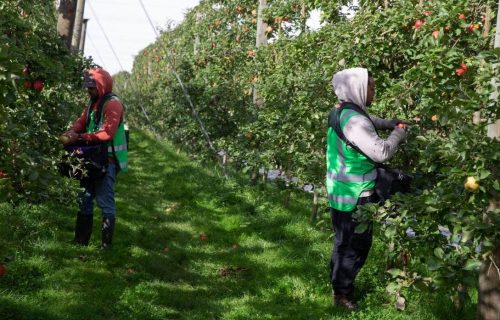
Scheme that offered $1000 to relocate to pick fruit attracts just 339 people
An incentive scheme intended to attract unemployed people to plug the worker shortage in the horticulture sector had attracted just 339 people as of April 16.
The shortage is due to border closures, preventing Pacific Island workers from entering the country. Around 15,000 workers from the islands normally come each year to pick fruit and carry out other orchard or packing work.
The Ministry for Social Development seasonal work scheme, which offered up to $200 a week for accommodation costs and a $1000 incentive payment for workers who completed jobs of six weeks or longer, was launched late year. By early March only 87 people had signed up to the scheme.
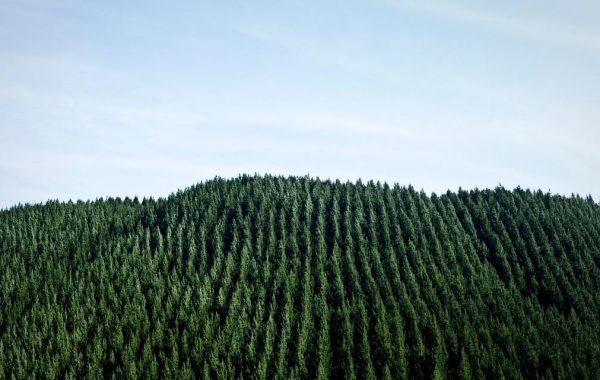
Government eyes up establishing biofuels industry
The Government is eyeing up the possibility of using forestry waste to create a local biofuels industry.
The Ministry for Primary Industries (MPI) on Monday said it was currently in the process of working on a business case to establish the sector.
If it went ahead, the industry would use the residues of trees milled in New Zealand to produce biocrude, liquid and solid biofuels.
Jason Wilson, director of sector investments at Te Uru Rākau New Zealand Forest Service, says the move would help the country transition away from fossils fuels such as coal and petroleum.
Read More here…
Australia
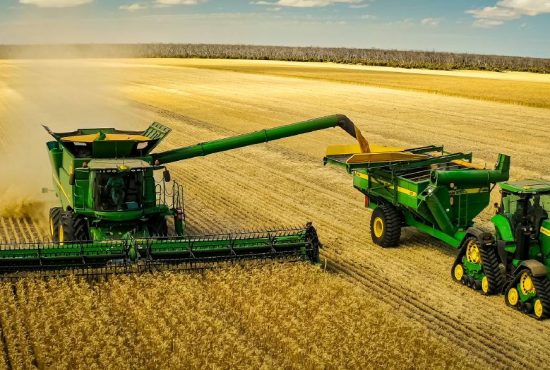
Call for higher yields in future crops
Researchers from The University of Western Australia’s (UWA) Institute of Agriculture are concerned that the worldwide adoption of biotechnology to improve crop production has stalled.
The UWA Institute of Agriculture associate director professor Wallace Cowling and adjunct professor Ashwani Pareek from Jawaharlal Nehru University in India are members of an international group of economists, plant breeders and basic plant scientists that has proposed a roadmap for future progress on the use of biotechnology to improve food security.
The group’s opinion article ‘Gaining acceptance of novel plant breeding technologies’ was published in a special 25-year anniversary issue of Trends in Plant Science on plant breeding.
Read more here…
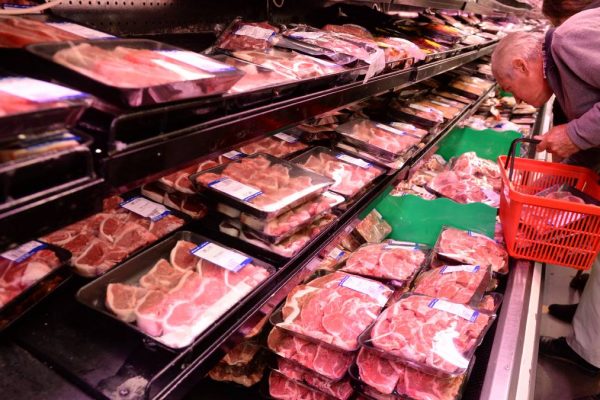
Meat labelling uses blockchain traceability technology to lift sales
New age product labelling which uses blockchain technology to demonstrate the traceability of Australian beef has gone on show at Beef Australia 2021.
The project, named KPMG Origins – Trusted Beef Traceability, aims to deliver $115m in additional sales by 2025.
It is the result of a collaboration between southern NSW meat processor and exporter, Argyle Foods Group, Meat & Livestock Australia and business services giant KPMG, and targets significant export markets across South East Asia, with a focus on China.
That information, which can be used to validate product claims and underpin the premium quality status for beef from Australia, can be easily accessed by scanning a code on the product’s label.
Read more here…
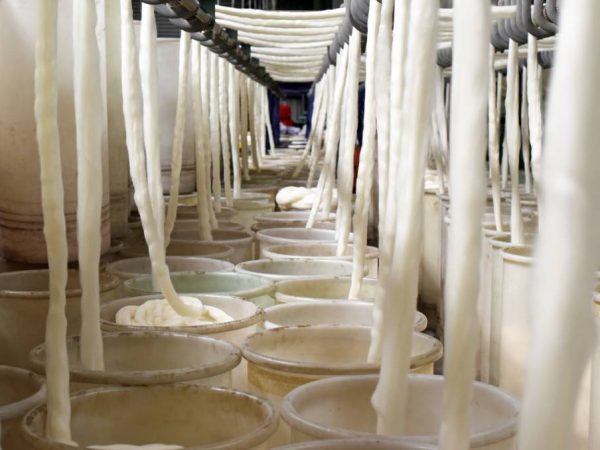
Another bullish forecast for Aussie wool exports
The bullish forecasts for Australian wool exports have continued.
The only sign of nervousness is the ongoing trade tensions with China – about two-thirds of all Australian production is exported to China.
That unpredictability did not phase the author of the latest ANZ Agri Commodity Report which says the overall supply of Australian wool onto the market is forecast to grow for at least the next five years.
The report says the wool industry is already looking forward to a good Christmas.
This report builds on other economic forecasts, notably the ABARE predictions from earlier in the year, saying wool’s fortunes had bottomed out and were rebounding.
Read more here…
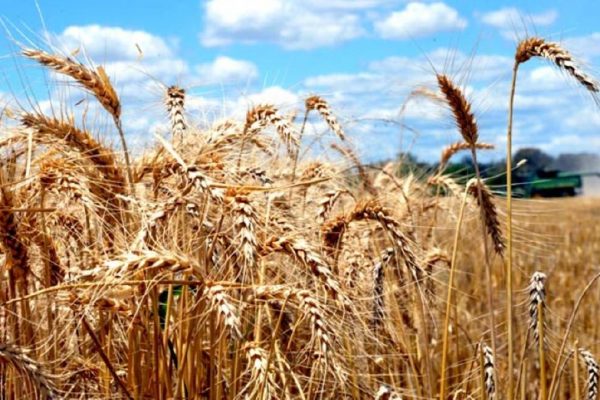
Dry weather keeps northern grain markets firm
Northern grain markets continue to edge higher as persistent dry weather stalls farmer selling and casts doubts over the size and timing of new crop plantings. Ongoing strength in US futures and shortages of grain trucks are also supporting prices.
Prices for wheat, barley and sorghum in southern Queensland and northern NSW strengthened last week as traders and end users dealt with the absence of farmer selling and the difficulty in accessing grain trucks. Logistical difficulties have become more acute in recent weeks with the absence of farmer trucks on the road, because they are busy planting winter crops.
Farmers are planting wheat and barley in Queensland and northern NSW and are hoping to see top-up falls this week with forecasts of unsettled weather.
Read more here…

Consumers demand to know the full story about what they buy
The world is rushing to labelling which tracks the entire life of every product.
Consumers are demanding every piece of information before they buy something.
Much sooner than many had thought, this background on where the product came from and how it got to them is likely to be including in the label or branding.
It might be a QR or barcode which the potential buyer scans with their phone which brings up the history of the item they intend to buy.
They will want be assured of such things as product quality, safety, authenticity and sustainability.
That scan will take them right back to the farm where it started its journey.
Read more here…
South America

Paraguay finds new markets for meat and plastic products
araguay has exported US $ 426,223 worth of meat, plastic and aluminium to new markets in the region and Europe in the first quarter of 2021, it was reported Thursday.
Paraguay’s National Director of the Import and Export Network (Rediex), Estefanía Laterza, explained that Covid-19 restrictions have increased food consumption worldwide, hence, for the first time, different cuts of pork will be marketed to Uruguay.
“The COVID pandemic strengthened our exports with an increase in non-traditional products and previously unexplored markets. During March 2021, about four new markets were obtained for the exports of products originating in Paraguay, with an initial export value of US $ 426,223,” Laterza said in a TV interview.
Read More here

Asia Surpasses US in Chilean Fruit Consumption
Consumers in the United States are accustomed to seeing “Product of Chile” labels affixed to fruit packaging in grocery stores throughout the country. Now, consumers in Asia will have a similar experience. New statistics released by the Chilean Fruit Exporters Association (ASOEX), a non-profit entity representing Chile’s fresh fruit growers and exporters, provide valuable insights on current shifts in the global fresh fruit market.
Statistics for the current marketing year show that Chile exported a total of 1,686,346 tons of fruit between Sept. 1, 2020, and April 19, 2021. Of that amount, 613,691 metric tons (36.4%) were exported to Asian markets, an increase of 15.28% over the same period of 2019–20. This increase is primarily attributable to the sudden uptick in cherry exports to China.The United States, which has historically been the largest consumer of Chilean fruit exports, accounted for 476,843 tons this year, bumping the country down to second place.
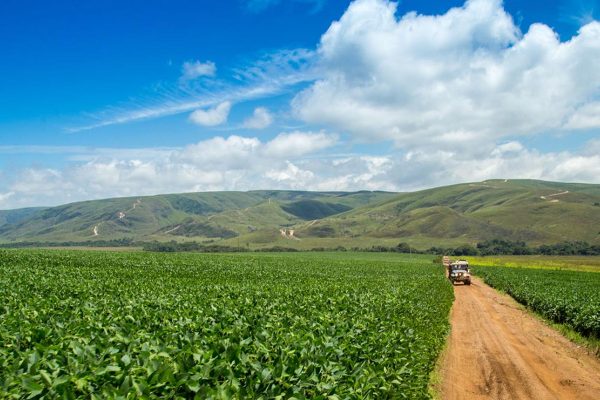
Brazilian crop expansion spurred by higher prices
Farmers are familiar with the expression, “They’re not making any more farmland.” It’s true just about everywhere – except Brazil. Brazilian territory continues to be transformed into cropping acres as the world increases demand for animal protein. To be more precise, areas that used to serve as livestock pasture are now being transformed into cropping areas.
A study from the University of Illinois, “New soybean record,” points out that the back in the ‘90s, the southern region of Brazil, especially Paraná and Rio Grande do Sul, had the original concentration of most soybean acres. But with the search for new and larger areas of land to expand the production, farmers started migrating north to the midwestern and northeastern parts of Brazil.
Read More here…

Argentine crop-monitoring app SIMA takes off with NASA’s help
The Argentine creators of a thriving crop-monitoring app are looking to grow their business across Latin America.
The company behind the SIMA Monitoreo de Cultivos app, which helps producers manage their crops, reported a turnover of a million dollars in 2020 and has even partnered with US space agency NASA.
“Before, producers wrote down field data in a notebook. Now they can upload it to their mobiles, take photos and feed an algorithm that returns precise information about the state of their crops,” systems engineer Andrés Yerkovich told AFP, discussing the app developed by his company SIMA (Sistema Integrado de Monitoreo Agrícola) in Rosario.
Food Updates

Making natural protein easy
Read more here…
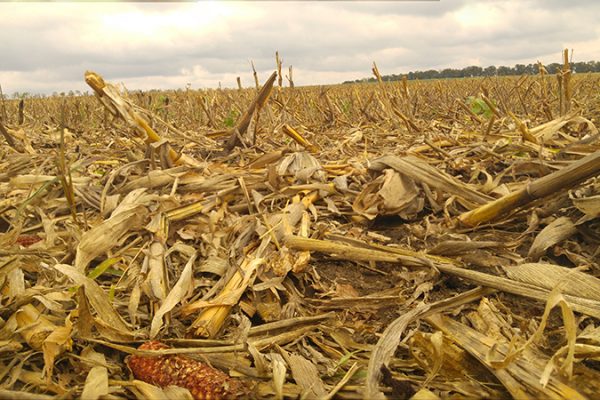
Corn stover used to clean up drinking water
Scientists in California have developed an efficient use for corn waste, which they claim can filter pollutants out of drinking water.
Read more here…

Where is the hidden lactose?
Rising demand for lactose-free products has driven the development of a new standardised method for residual lactose determination. Katarzyna Niedzwiedzka explains why…
As more people aim for a healthy and balanced diet, the development of healthy food products has become a main priority for the 21st century food industry.
A growing number of novel products are being created and refined by the sector in response to consumers’ needs and increasing awareness of healthy living. In this context, products that address food allergies and intolerances can be viewed as a distinct category, as this requires adherence by food manufacturers to stricter food safety policies and procedures.
Read more here…

Ruby Encyclopedia offers chefs tips on using Ruby chocolate
Barry Callebaut Group, a leading manufacturer of high-quality chocolate and cocoa products, changed the face of the chocolate industry when it introduced a fourth type of chocolate – Ruby chocolate. The company’s groundbreaking Ruby chocolate was the first new natural color for chocolate in more than 80 years, and is described as an intense sensory delight, combining berry-fruitiness and luscious smoothness.
The chocolate has a pinkish hue, which along with its fruity flavor, comes from the Ruby cocoa bean. Barry Callebaut unlocks the flavor and color with a unique processing that doesn’t use berries, berry flavor, or added colors.
Read more here…
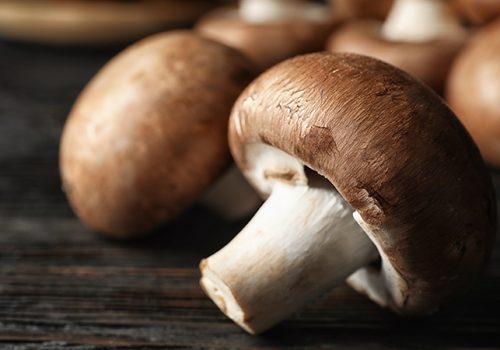
Is it time to give mushrooms more credit on Stop Food Waste Day?
Read more here…


